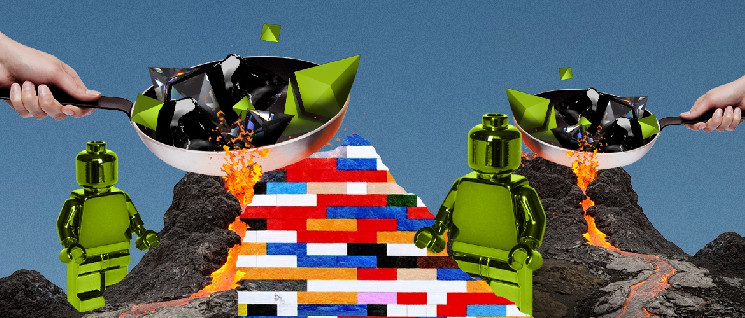Recent Ethereum network data has revealed that more than 2 million ETH coins have been removed from circulation in the last seven months, since the launch of the London hard fork. The hard fork enacted a burning mechanism known as EIP-1559, destroying ETH coins and effectively reducing the project’s circulating supply.
The data shows that the total amount of ETH burned is worth approximately $5.7 billion. This has helped stabilize the project’s high gas fees. Nearly a year ago, the average gas fee reached its all-time high at 71.72 on May 19th, 2021. However, on March 20th, 2022, the average figure sits at 1.474, after seeing a consistent reduction.
Apart from helping to reduce gas fees, the mechanism is also expected to help fight inflation, as miners release more and more ETH into circulation. Initially, the protocol burned up 1.9 million ETH during the implementation. However, in the following weeks, another 100,000 ETH was burned.
Since the London hard fork was implemented, there have been plenty of other changes on the Ethereum network. One notable event was the so-called Ethereum Merge, which was successfully integrated into the Kiln testnet. As a result of the merge, Ethereum’s beacon chain was moved to the testnet. Additional testnet integrations are also planned for the future and are expected to take place before the beacon chain reaches the mainnet.
Ethereum is constantly seeking to improve its network and bring forth additional upgrades. Recently, the project’s co-founder, Vitalik Buterin, shared some of his thoughts on EIP-4844 — the new improvement proposal that introduced a feature called Danksharding.
This is a new sharding design that will significantly simplify Ethereum’s architecture. In a tweet published on March 19th, Buterin shared some of the details of the idea and its impact on the network.
The goal is to use the Danksharding process to introduce something called the merged fee market. This would allow proposers to choose all transactions, and fit all the data into a single slot. This differs from the way things are currently being done, where there are a fixed number of shards, each of which has distinct blocks and block proposers.
This is only one of the changes that Danksharding would introduce, as Ethereum’s co-founder mentioned a number of others. This year holds many more changes for Ethereum, as its network continues to evolve and improve. The project’s ecosystem will continue its legendary growth.
 blockster.com
blockster.com
